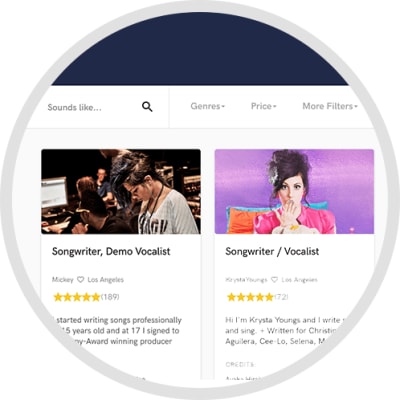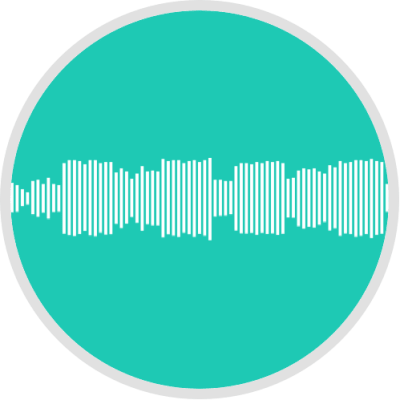
Contemporary sax player, studio musician, live performer.
Would love to hear from you. Click the contact button above to get in touch.
Interview with Terry Schmidt Saxophone
Q: Analog or digital and why?
A: Analog or digital. Whatever works best for the client.
Q: What's your 'promise' to your clients?
A: I promise you'll love it.
Q: What do you like most about your job?
A: Creating art.
Q: What questions do customers most commonly ask you? What's your answer?
A: What do you think about my song? I love it, I can't wait until you hear the sax part.
Q: What's the biggest misconception about what you do?
A: Most people are weary of sax players not fitting in with the music.
Q: What questions do you ask prospective clients?
A: What do you hear the sax doing for your songs? What is your timeline for the project? What's the best way for us to collaborate?
Q: What advice do you have for a customer looking to hire a provider like you?
A: Tell me what you need and I can give it.
Q: If you were on a desert island and could take just 5 pieces of gear, what would they be?
A: Soprano, Alto, Tenor sax, Selmer Mark VI horns. and 2 boxes of 1000 synthetic reeds. There. 5 pieces.
Q: What was your career path? How long have you been doing this?
A: To play. Live, In studios, Together with pro musicians better than me. I started in college rock bands in 1984.
Q: How would you describe your style?
A: Contemporary. I'm always trying to hear what tomorrows pop music will need.
Q: Which artist would you like to work with and why?
A: Quincy Jones. This man is a legend. And he makes legends.
Q: Can you share one music production tip?
A: Be consistent and listen to what the customer tells you.
Q: What type of music do you usually work on?
A: Pop, rock, funk, jazz, fusion, country, R&B, Americana, anything that needs a saxophone.
Q: What's your strongest skill?
A: Hearing what needs to be added to a song and making it part of my own.
Q: What do you bring to a song?
A: An outstanding horn part, sax section, or sax solo that is unforgettable.
Q: What's your typical work process?
A: Receiving the music from the client without the sax part, adding several takes to the part and sending back to the client for feedback. Once the style is zeroed in, I polish the take and provide the client with the final take rough mixed in the song for approval. Once payment is received, I provide the WAV file of the sax part dry, so the client can mix as needed.
Q: Tell us about your studio setup.
A: AKG 414 mic into a M-Audio preamp, Sonar multitrack producer edition.
Q: Describe the most common type of work you do for your clients.
A: I receive a small MP3 of the music that needs sax, I use Sonar to add he sax part(s) and mix down to provide a sample to the client. Once the client is satisfied with the addition, I send a high quality WAV file of the sax for them to mix as needed.

- Recording StudioAverage price - $100 per day
- SaxophoneAverage price - $25 per song



